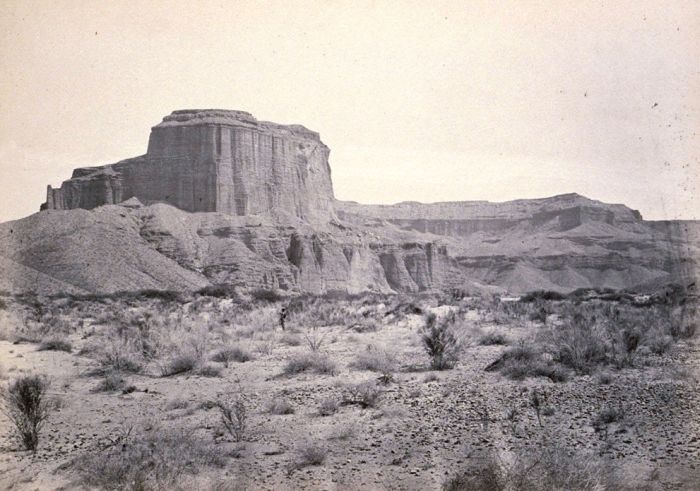|
|
History: American Old West, United States
|
The Pacific Railway Acts provided for the land needed to build the transcontinental railroad. Since several routes were under consideration, the amount of land so provided was huge, over 174,000,000 acres (700,000 km2). The land given the railroads alternated with government-owned tracts saved for distribution to homesteaders. In an effort to be equitable, the federal government reduced each tract to 80 acres (320,000 m2) because of its perceived higher value given its proximity to the rail line. Railroads had up to five years to sell or mortgage their land, after tracks were laid, after which unsold land could be purchased by anyone. Often railroads sold some of their government acquired land to homesteaders immediately to encourage settlement and the growth of markets the railroads would then be able to serve. However, the railroads were slow to build in some areas, waiting for the population to grow adequately on its own, before selecting final routes. This caused a "chicken-and-egg" situation which, in some cases, impeded rather than hastened settlement. Congress also made loans to the railroads based on the mileage of rail.
The Morrill Act provided land grants to states to build institutions of higher education for agricultural purposes, in an effort to stimulate rural economic growth and the education programs to support it. The states would sell the bulk of the land to raise funds to build the institutions.
The federal government even attempted to forest the prairies to make better use of undesirable land. Relying on the theory that planting trees would alter the climate enough to produce the rainfall need to sustain the forests long term, the government encouraged homesteaders to plant trees. When the "rain-follows-the-plow program" failed due to drought and pests, the federal government turned instead to more practical programs to develop irrigation, though large-scale irrigation projects came decades later. But by the 1870s, the large land giveaways raised concerns about the management of remaining public lands, particularly those of unique value such as the Grand Canyon and Yellowstone, and the conservation movement was born. In 1872, Yellowstone became the first national park in the United States (and in the world).
|
|









